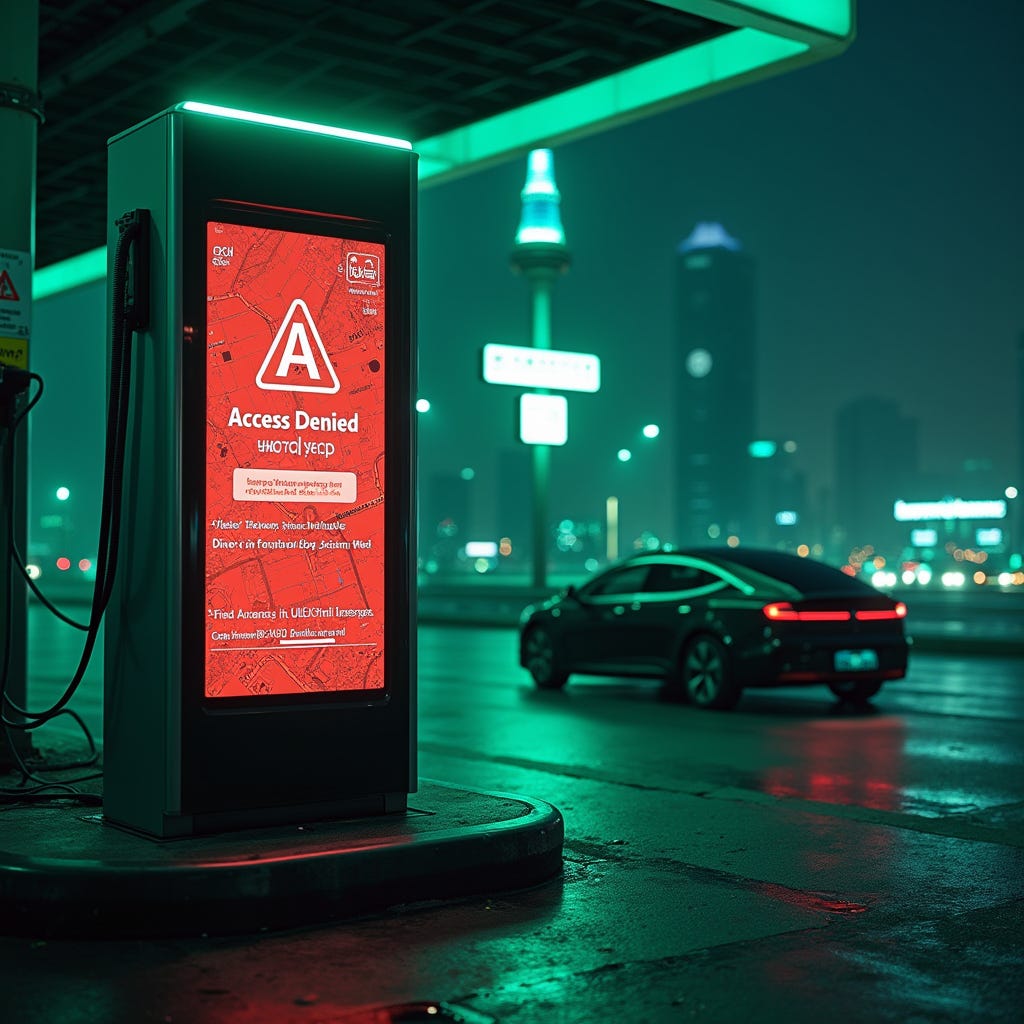WHAT THE EV. Part 3. The State-Backed EV Revolution: From Industrial Policy to Digital Control
Beyond Market Forces
The global electric vehicle transition represents the largest state-directed industrial transformation since World War II. While marketed as a consumer technology revolution, the EV sector operates through massive government subsidies, strategic resource allocation, and increasingly sophisticated surveillance infrastructure. Understanding this dual transformation—both economic and technological—reveals how transportation policy has become a tool for geopolitical competition and domestic control.
China's Comprehensive Strategy
Since 2010, Beijing has invested over $100 billion in electric vehicle development through a coordinated approach spanning the entire supply chain. Rather than simply subsidizing automakers, China built an integrated system connecting resource extraction to final assembly.
The Full-Stack Approach:
Secured mining contracts across Africa and South America for lithium, cobalt, and rare earth elements
Established processing facilities in Sichuan and Jiangxi provinces
Built battery manufacturing plants in Guangdong and Hubei
Developed semiconductor capabilities through companies like SMIC and Huawei's ecosystem
This strategy delivered measurable results. By 2022, six of the world's top ten EV battery manufacturers were Chinese. China produced 77% of all lithium-ion batteries worldwide by 2023, while Chinese firms controlled over 60% of global lithium processing capacity by 2024.
Chinese cities became testing grounds for rapid electrification. Shenzhen converted its entire bus fleet to electric power, while charging infrastructure expanded through coordinated municipal planning rather than market-driven development.
Keep reading with a 7-day free trial
Subscribe to wattyalan to keep reading this post and get 7 days of free access to the full post archives.



